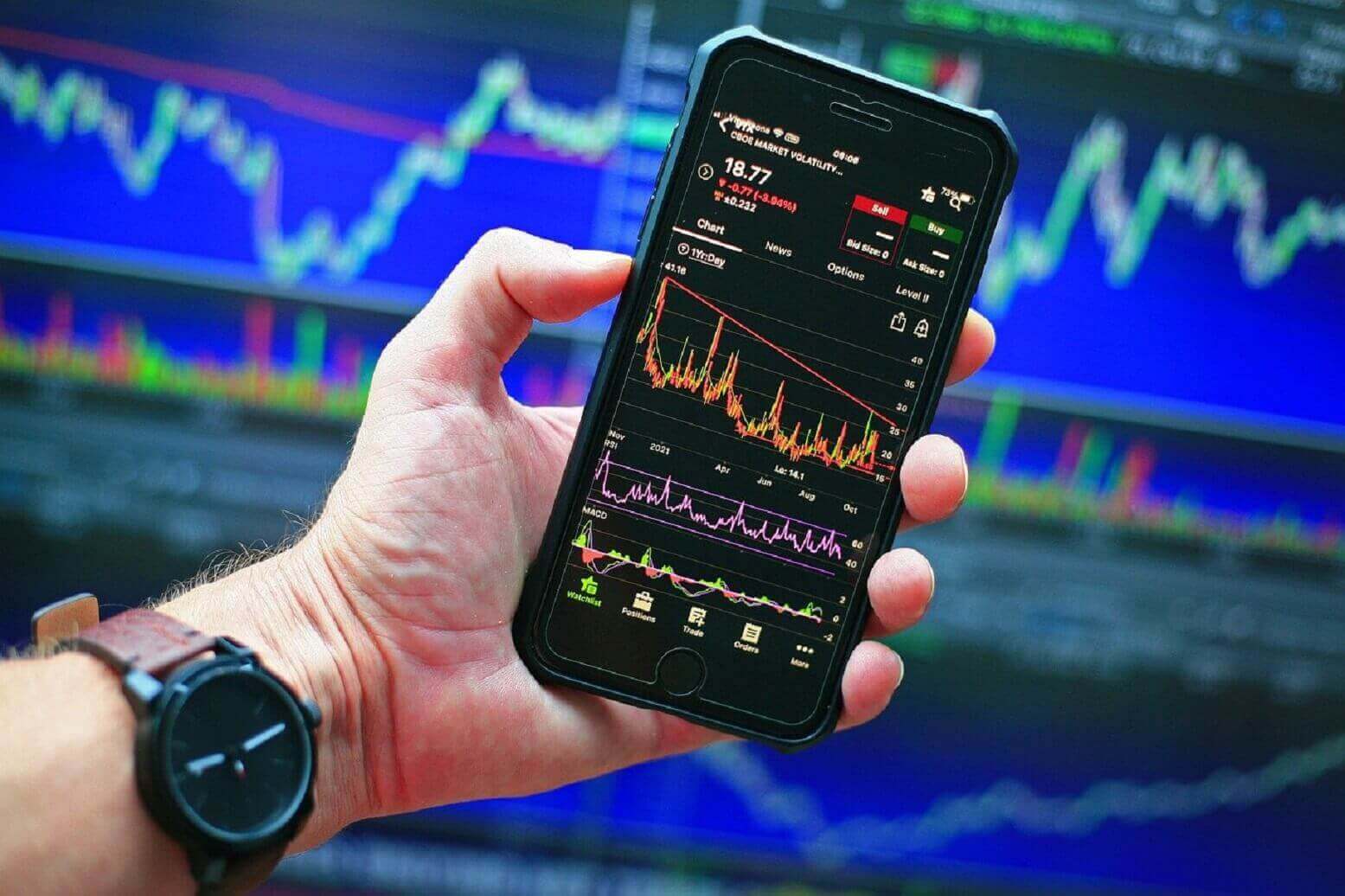The last decade has been the decade of the rise of mobile banking. No financial technology has seen such widespread adoption as mobile money. In developing and emerging nations, it has now become the most popular way to pay and get paid. There are some underlying reasons for this massive popularity.
A Huge Number of Unbanked Populations
In developed economies, most of the population is familiar with banking. They have had financial education from an early age. And they have a financial culture where it is essential to have a bank account. An American or a European uses their bank account through a credit card for everything from buying toothpaste to purchasing a car. 95 percent of Americans have a bank account. And as another example, only 10 percent of China’s total circulating money is in cash.
The world has 1.7 billion people who do not have bank accounts. And most of them live in the emerging economies of Southeast Asia and Africa.
These people lack the proper financial education to open a bank account. There are few banks in these emerging countries, and their financial infrastructure is also weak. For example, Pakistan is a country of almost 250 million people but only has around eight thousand bank branches. The same goes for countries like Bangladesh, Nigeria, Kenya, Tanzania, Sudan, etc.
For a business to thrive and become successful, it needs a sizeable flow of revenue. 1.7 billion people have the capacity to flow 4.2 trillion dollars into the global market every year if they are properly banked. These huge unbanked populations of emerging economies, with their huge amounts of untapped capital, provide a huge opportunity for mobile money industries. The vast amount of untapped money has caught the eyes of companies like Vodaphone, Telenor, etc.
It was tough to create and establish the proper financial infrastructure for these emerging economies with poor financial infrastructure. And there was a problem too when fintech mobile money was introduced to the masses. Many companies have to create specialized promotions to get people to learn the new technology. But these initiatives were successful, and their businesses thrived as well.
Relatively low cost and Availability
The main problem with banking in developing markets is that most people lack financial knowledge. For this, they have fear from early on of opening a bank account. As a result, nearly 70% of people in developing countries in Latin America, Southeast Asia, and Africa remain unbanked.
The second problem is the availability of banks and the relatively high cost of banking.
Take the example of Bangladesh, which is a country of more than 20 million people but still has only around 10,000 branches of banks and just 61 scheduled banks for its people.
And most of the branches are located in urban areas. If you are a rural Bangladeshi farmer, would you bother traveling miles for banking services that are very unfamiliar to you? Absolutely not. And then comes the relatively high cost of banking. Traveling costs apart, the yearly charge of the account, and a fixed amount of deposit make banking harder for people in aggravating nations.
Mobile money clears these problems. You do not have to create a bank account and have a fixed deposit. You simply go to an agent with proper documentation and you have an account. In some regions, you do not need to go to an agent, you just have to follow some instructions and upload the required documents. The simplicity of making a mobile money account encouraged people. And the cost of transferring and receiving money is also relatively lower than traditional banking. Apart from saving travel costs by travelling to nearby urban bank branches in emerging countries, the cash in or cash out charge is also around two to five percent. Some companies even offer to send money to someone free of charge under certain conditions.
Easy to Use and Simplifying Payments
Mobile payment was created as a response to the mass of people’s need to keep their money safe while also transferring it to others across long distances. This is achievable with mobile financial services because neither a bank account nor an ATM is necessary. Alternatively, money may be kept, delivered, and received using only a mobile phone by utilizing a SIM card. This implies that agents, who are frequently local businesses, can assist transactions by supplying and receiving cash.
The system’s simplicity has allowed it to spread far and wide, both in cities and, more critically, in rural areas where a brick-and-mortar bank may be many miles away.
For most of these unbanked, mobile money has revolutionized transactions by establishing a safer means to move money between family and friends as well as pay for products and services.
As a result, financial services have become more democratic, with power migrating away from conventional banks and into the hands of individuals who use mobile payments on a daily basis.
Africa’s mobile money market leader, M-Pesa, presently handles over a billion transfers every month, giving critical access to financial services and boosting the regional economy. This platform has easy access, and even if you send money to the wrong number, you can reverse it. Search on Google for how to reverse mpesa transactions. The cell device provides the key to financial services firms’ innovation and expansion in the developing world.


